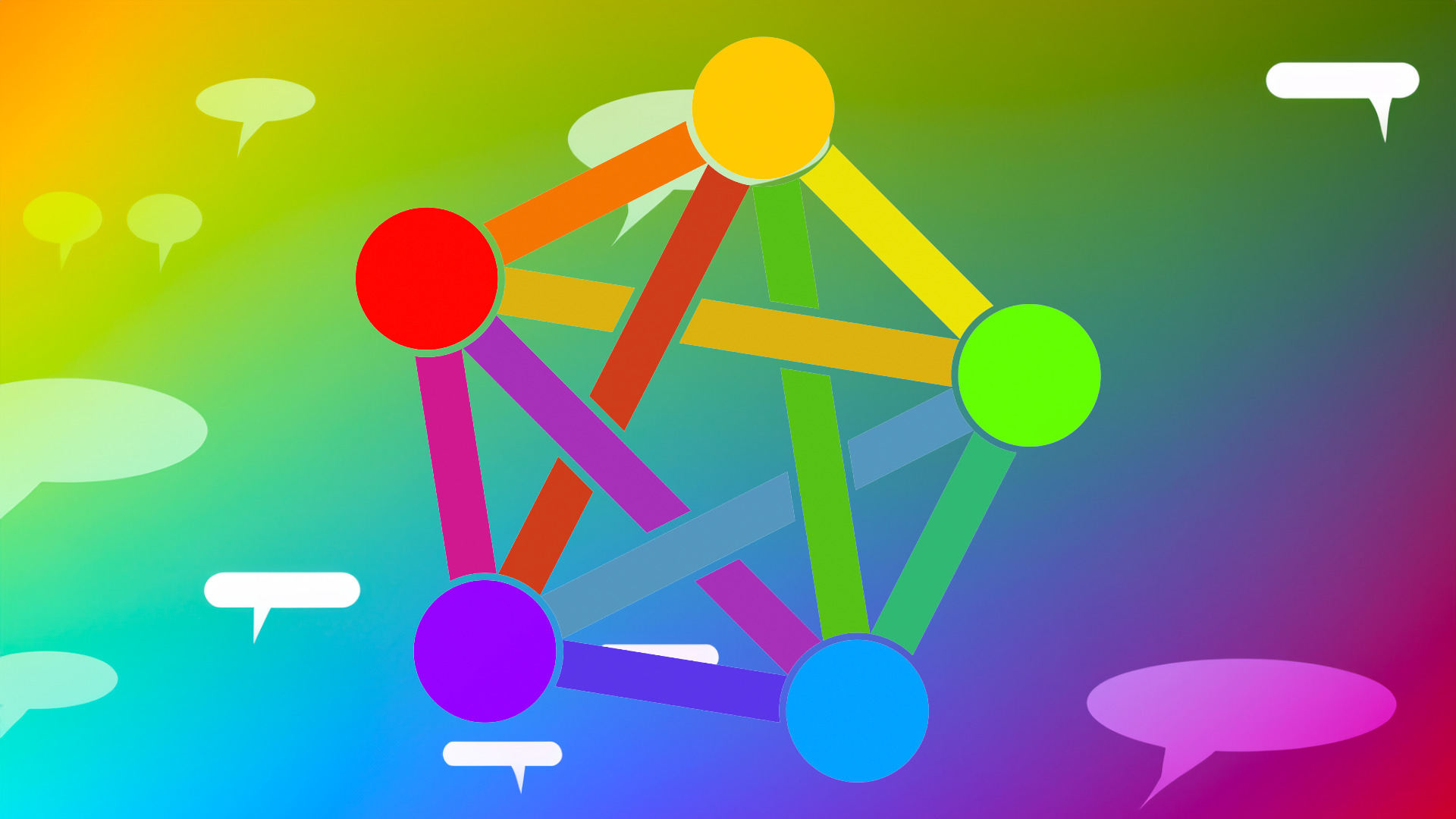The fediverse designates a set of independent servers capable of interacting with each other. This decentralized technology allows competing social networks, such as Mastodon and Threads, to communicate with each other.
“You will soon be able to follow and interact with people who use other Fediverse platforms like Mastodon. They will also be able to find people on Threads using their full username, like @[email protected] »
With this little sentence, Meta suddenly made the general public want to take an interest in the fedivers. The Threads social network, which already has more than 100 million users, is designed on a decentralized model. The creator of Facebook and Instagram’s approach is not to reserve Threads interactions for Threads users, but to let users from other social networks visit his platform. Of course, all of this cannot happen by magic. The fediverse is a very global term, but it is above all the protocol used by these new types of social networks that counts.
The social networks of the future, really?
At the time of the DSA (Digital Services Act) and the major regulations of the digital world, openness is at the heart of technological discussions. The European Union dreams of a world where all services can communicate with each other, but often forgets to take into account the technical constraints. With the “federal”, Meta is preparing the ground for this more open and interoperable future, where its platforms will be able to talk with those of others, to comply with the law.
If we rely on the current model, we can imagine that Threads will soon become an instance. Threads users will communicate with each other using pseudonyms (they will only see them), but users of other decentralized social networks, like Mastodon, will see them as @[email protected] Moreover, on Mastodon, different instances already exist, with their own rules. @mastodon.social is the best known, but there are others. So someday a Threads user might get a comment from an @[email protected], visiting on his instance. We can imagine the fediverse as a galaxy of small independent digital worlds, called instances, which can communicate and interact with each other.
Like the metaverse, the fediver is a fairly catch-all term, which not everyone will necessarily understand in the same way. The reality is that there can be several fediverse, since this term only encompasses the principle (it is a contraction between federation and universe). In the case of Threads and Mastodon, the protocol used is called ActivityPub. It is he who allows different servers to communicate with each other, without the data being located in the same places. It can be considered as a kind of common language for social networks (or websites in general).
The fact that Threads uses ActivityPub is important, since it prevents it from interacting with other decentralized social networks, like Bluesky. This platform uses the AT Protocol, which is newer than ActivityPub (2022 versus 2018). Decentralized social networks, even when they belong to the Fediverse, are therefore not automatically compatible with each other. As for Twitter, its former management was rather favorable to the idea of making it an open platform, but Elon Musk is not in phase with this model. A transition would be technically tricky anyway.
If you liked this article, you will like the following ones: do not miss them by subscribing to Numerama on Google News.
